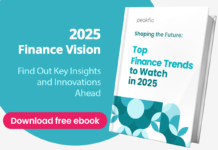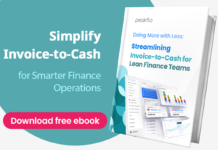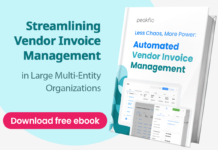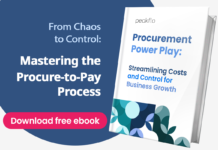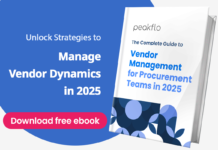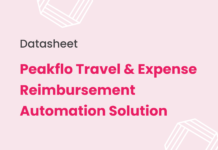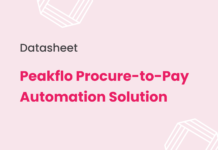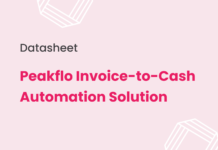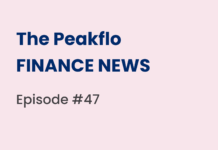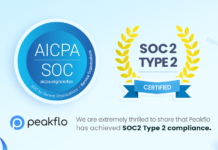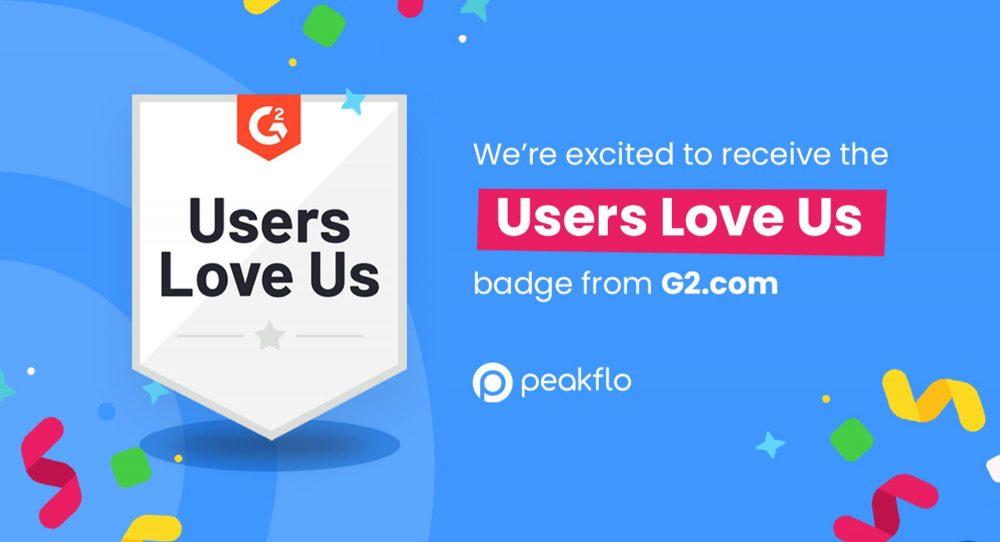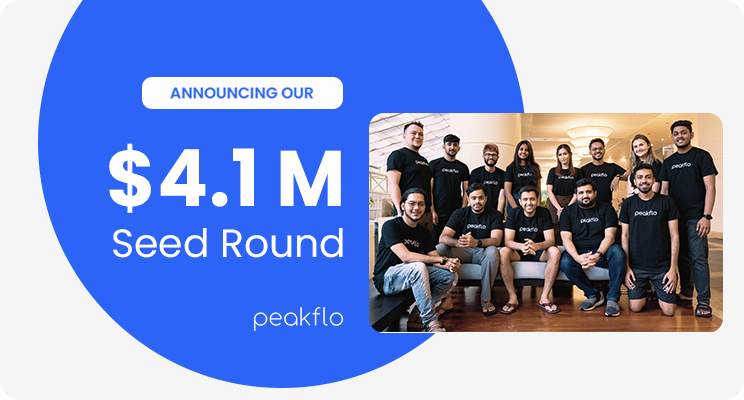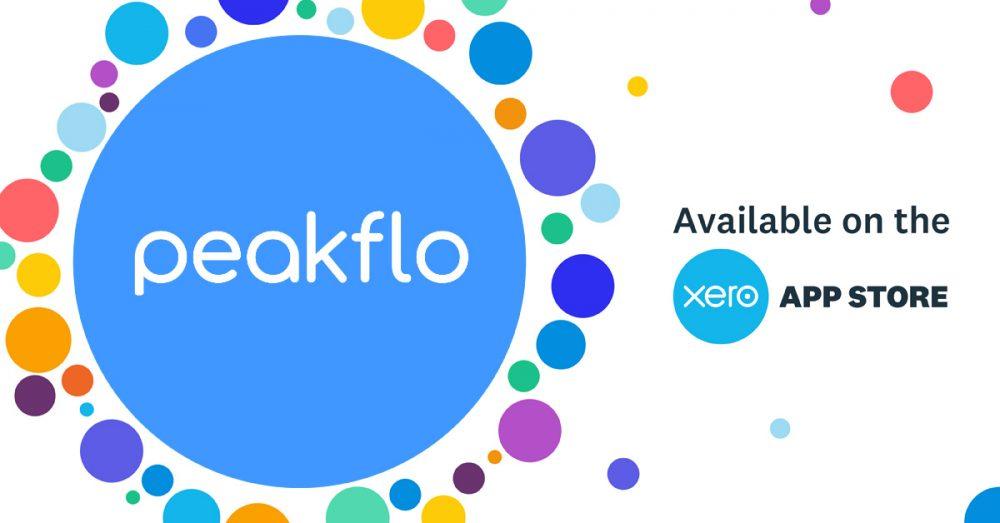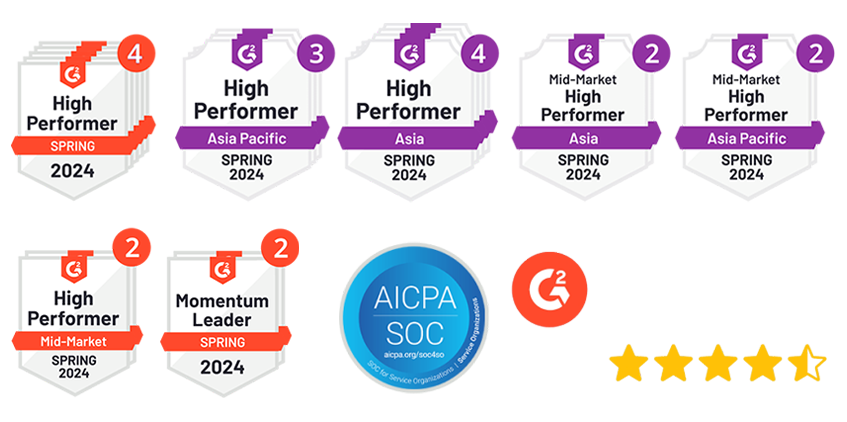Manual procurement processes can be a headache for organizations. These outdated systems quietly drain resources through inefficiencies that rarely appear on financial statements but consistently impact your bottom line. The generative AI market in procurement is expected to grow from $174 million in 2024 to $2.26 billion by 2032, yet many companies still rely on spreadsheets and email workflows that silently bleed money.
Procurement executives are taking notice. Recent research shows 94 percent now use generative AI at least once a week, marking a 44 percentage point increase from just last year. Finance leaders report even higher adoption rates, with 100% currently using some form of AI to cut costs and increase productivity. Organizations that haven’t adopted AI procurement platforms face significant disadvantages compared to competitors who have implemented these technologies.
The impact of procurement AI platform is substantial. Best-in-class teams using AI-driven tools improve pre-approved spending to 96.1%, reduce risk management evaluation cycle time to 30.1 business hours, and improve requisition-to-order cycle time to just 3.8 business hours. Organizations implementing modern procurement technology experience 3x faster cycle times and 69% less manual work.
Understanding these hidden costs and knowing how to address them is crucial for maintaining accurate financial records and ensuring proper resource allocation. This article explores the concealed expenses of outdated procurement processes and discusses how AI procurement platform can improve your operations, efficiency, and bottom line.
The True Cost of Manual Procurement Processes
Image Source: Kissflow
Manual procurement processes drain your organization’s resources every day. Spreadsheets, emails, and paper-based workflows create significant hidden costs that rarely appear on financial statements but consistently impact your bottom line.
1. Time Lost in Repetitive Tasks
The volume of time wasted on manual procurement tasks is substantial. Research shows that 58% of organizations report their teams spend more than five hours per week (equivalent to six-and-a-half work weeks annually) fulfilling repetitive requests. Over 40% of workers surveyed spend at least a quarter of their work week on manual, repetitive tasks, with data collection and entry consuming the majority of this time.
When employees manually process purchase orders, chase approvals, and reconcile invoices, they’re not focusing on strategic supplier relationships or cost-saving opportunities.
This repetitive work takes a serious toll on employee satisfaction and retention. 90% of respondents felt these types of repetitive manual tasks directly contributed to low morale and attrition within their organizations. Without an AI procurement platform, your valuable talent performs digital busywork instead of contributing to strategic initiatives.
2. Human Errors in Data Entry and Approvals
Manual data entry is inherently error-prone. When procurement teams input data by hand, even small mistakes like typos or incorrect supplier codes can significantly disrupt operations. These errors can lead to:
- Delays in processing and payments
- Incorrect inventory levels
- Duplicate orders and payments
- Mismatched invoices and purchase orders
The financial impact is substantial. Manual data entry error rates can reach as high as 4%, meaning that for a business processing 10,000 transactions monthly, approximately 400 transactions likely contain mistakes. If each error costs an average of $50 to correct, this adds up to $20,000 in monthly losses—or $240,000 annually.
Gartner research indicates that poor data quality can result in losses of around $15 million per year for organizations. These costs escalate as businesses grow and data volumes increase, making manual procurement processes increasingly unsustainable.
3. Delayed Decision-Making Due to Lack of Insights
Critical decisions are often made without proper visibility. Manual procurement processes create significant delays, as purchase approvals sit in email inboxes for days. One organization reported averaging four to five days just to obtain proper approvals with their previous system.
This lack of visibility has cascading effects:
1. Missed opportunities: Delayed approvals mean missed opportunities for early payment discounts and favorable pricing from suppliers.
2. Poor budget control: Fragmented data across spreadsheets and emails prevents real-time tracking of expenditures, making budget control nearly impossible.
3. Reactive approach: Procurement teams become reactive rather than strategic, unable to forecast needs or identify savings opportunities.
Organizations relying on manual procurement processes can lose between 5% and 15% of their total spend annually due to inefficiencies, missed discounts, and compliance lapses. For a mid-sized enterprise with a $50 million procurement budget, that’s $2.5-7.5 million disappearing each year.
The true cost of manual procurement extends far beyond visible expenses. Without a procurement AI platform to automate these processes, your organization continues to bleed resources through wasted time, preventable errors, and missed opportunities—costs that compound over time and seriously undermine your competitive position.
Hidden Financial Losses Without an AI Procurement Platform
Manual procurement processes create substantial financial losses that extend far beyond wasted time and data errors. These hidden hemorrhages often remain invisible until advanced analytics reveal their surprising magnitude.
1. Missed Early Payment Discounts
Early payment discounts represent one of the most overlooked sources of savings in procurement operations. Only 33% of organizations consistently capture available early payment discounts, leaving substantial money on the table. The scale of this missed opportunity is staggering: for every $1 billion spent on purchase orders, approximately $3 million in early payment discounts go unclaimed.
This oversight happens for several interconnected reasons. Slow invoice processing prevents timely payments, causing discount windows to close before payments can be processed. Invoice and payment approval delays represent the top challenge for accounts payable professionals, creating a bottleneck that directly impacts your bottom line.
The administrative burden compounds the problem. Managing early payment discounts manually consumes up to 27% of all procurement employee tasks, preventing teams from focusing on strategic initiatives. Without procurement AI software to automate and accelerate approvals, these savings evaporate daily while your competitors capture them.
2. Overpayments Due to Invoice Mismatches
Invoice errors create another substantial financial drain that often goes undetected. Research shows that approximately 27% of vendor invoices contain errors, creating perfect conditions for overpayments. These errors take various forms – price deviations between purchase orders and invoices, quantity discrepancies between ordered and billed items, mathematical errors in calculations, taxes, or discounts, and duplicate invoices resulting in multiple payments for the same order.
The financial impact is enormous. Organizations have reported over $70 million in prevented duplicate and mistaken payments after implementing AI-driven supplier agreement analysis, highlighting the massive scale of this problem for enterprises still using manual processes.
Traditional three-way matching becomes overwhelming without automation. Documents get misplaced, communication delays disrupt resolution, and the sheer volume of manual reconciliation overwhelms teams, causing many to skip thorough verification altogether. Without AI for procurement, these errors frequently slip through the cracks, directly impacting your financial statements.
3. Inefficient Supplier Negotiations
Supplier negotiations represent another area where substantial value disappears without proper tools. Research by KPMG reveals that 17%-40% of the value in supplier deals is lost due to inefficient contracting. The challenges are multifaceted and interconnected.
Procurement teams cannot simply effectively manage thousands of supplier contracts. Each contract negotiation typically takes weeks to months to complete, making it impossible to optimize all supplier relationships manually. The complexity compounds the problem – a single contract may have 30 different factors that need individual negotiation, overwhelming human negotiators who typically focus on just the top three items.
Manual negotiations also lack the data-driven insights needed for optimal outcomes. Without AI procurement software, teams cannot effectively analyze historical performance, pricing trends, and market conditions to strengthen their negotiating position. By removing the emotional component, enterprises can achieve better outcomes more quickly, highlighting another advantage of AI-assisted procurement processes.
The financial stakes are substantial. A value increase of even 400 basis points in supplier deals represents tens of millions of dollars for a typical Fortune 500 enterprise. Without generative AI in procurement, these opportunities remain perpetually untapped, bleeding resources that could otherwise contribute to your organization’s growth and profitability.
Operational Inefficiencies That Go Unnoticed
Procurement operations harbor inefficiencies that steadily erode productivity and profitability. These operational bottlenecks silently undermine your procurement function’s effectiveness while many organizations focus solely on direct costs.
1. Slow Purchase Requisition Approvals
Purchase requisition bottlenecks represent one of the most common yet overlooked operational challenges. When approving from a requisition notification, it can take over a minute for simple approvals to complete, with some organizations reporting approval delays of approximately 1:30 minutes per transaction. These small delays compound across thousands of procurement requests.
62% of procurement managers report serious inefficiencies in their supplier onboarding processes, from inconsistent validation steps to redundant data entry and communication bottlenecks. These inefficiencies create compliance gaps and increase fraud exposure beyond just slowing down onboarding.
Employees bear the burden of filling out requisition forms and chasing approvals, distracting them from their core work. Managers often treat approvals as a lower priority among their many responsibilities. Requests get stuck in approval queues, especially when managers are unavailable, causing critical delays in necessary purchases.
2. Fragmented Supplier Data
Procurement organizations often juggle fragmented tools, siloed systems, and inconsistent supplier information. The result? Poor visibility, duplicate records, compliance gaps, and missed opportunities to optimize supplier performance.
These data gaps create major roadblocks, particularly in manufacturing sourcing under pressure. Consider the cascading effects of fragmented supplier data:
- Engineering might model with one material price, while finance uses last year’s labor rate, and procurement negotiates based on a completely different benchmark
- Vital details about supplier capabilities, performance history, and risk factors slip through the cracks
- Procurement teams waste countless hours chasing down accurate supplier information and reconciling discrepancies across disconnected systems.
Inaccurate or incomplete supplier data creates dangerous blind spots that lead to stock shortages, delayed shipments, and fulfillment errors. These disruptions ripple across your supply chain, causing inefficiencies, unexpected costs, and potential contract penalties.
3. Lack of Real-Time Spend Visibility
Clear insight into your organization’s spending patterns is essential for effective procurement management. Without this visibility, you face multiple consequences, including wasted money through duplicate purchases, missed volume discounts, and inefficient business processes requiring excessive time for basic reporting.
Only 30% of pharma executives feel that their organization performs ‘very well’ on offering them spending accountability. This lack of immediate insight creates a major bottleneck for the 78% of procurement executives who have cost reduction as their top priority.
Traditional methods typically involve quarterly or annual analysis cycles, meaning you’re making business decisions based on outdated information. The opportunity to address issues has often passed by the time you identify them.
Manual analysis becomes increasingly burdensome as your organization grows and your supplier base expands. What worked for a smaller company often breaks down as complexity increases, leaving you with diminishing returns on your analysis efforts.
An AI procurement platform addresses these operational inefficiencies by automating approval workflows, centralizing supplier data, and providing real-time spending analytics. Through procurement AI software, you can transform these operational challenges into opportunities for optimization.
Risks You Can’t See Without AI for Procurement
Traditional procurement systems harbor significant risks that rarely surface until they become major crises. These hidden vulnerabilities can suddenly emerge as substantial business disruptions, often when it’s too late to prevent damage. Without an AI procurement platform, your organization operates with dangerous blind spots across supplier relationships, demand planning, and supply chain management.
1. Undetected Supplier Compliance Issues
Supplier compliance represents a major vulnerability for procurement teams. Research shows only 60% of companies have visibility into their tier-one suppliers, and merely 30% can see beyond that. This limited visibility creates dangerous exposure to compliance issues that remain hidden until they cause serious disruption.
Poor documentation and inconsistent enforcement create several critical vulnerabilities:
- Fraudulent suppliers slipping through manual verification processes
- Regulatory violations resulting in fines and reputational damage
- Inefficient and stressful audits due to inadequate record-keeping
Natural language processing within AI procurement software can extract critical data from invoices and contracts to identify risk and fraud, providing deeper insight into business spend. Without these capabilities, compliance gaps frequently go undetected, exposing your business to fraud and legal consequences.
The urgency is clear: generative AI in procurement becomes essential as 70% of chief procurement officers report rising procurement risks. AI implementation allows organizations to enforce regulatory and operational policies automatically, ensuring adherence to industry standards and minimizing exposure.
2. Inability to Forecast Demand Accurately
Demand forecasting challenges create cascading problems throughout your supply chain. Surprisingly, 73% of supply chain leaders still use spreadsheets for planning and forecasting in 2023, despite their significant limitations for complex prediction requirements.
Without AI for procurement, companies struggle to manage demand across global supply chains with multiple suppliers, varied regulations, and diverse market conditions. Rapid market changes, influenced by economic shifts, geopolitical events, or unexpected disruptions, become major roadblocks to accurate planning.
These forecasting errors result in substantial financial damage. Organizations relying on manual procurement processes can lose between 5% and 15% of total spend annually due to inefficiencies, missed discounts, and compliance lapses. For large enterprises, this represents millions in preventable losses.
Inaccurate forecasts also trigger the destructive bullwhip effect, when small errors at the customer level lead to larger fluctuations up the supply chain, creating excessive inventory buildup, erratic production schedules, and inflated costs.
3. Delayed Response to Supply Chain Disruptions
Supply chain disruptions represent perhaps the most concerning risk for organizations using traditional procurement systems. A recent study reveals that less than 17% of global supply chain leaders say their companies can respond to disruptions within 24 hours. For most organizations, the average crisis response time is an alarming five days.
Without procurement AI software, procurement teams are forced into a reactive posture. Many teams simply wait until something breaks before they act, creating significant vulnerability in today’s volatile business environment.
An AI procurement platform provides essential capabilities to detect disruptions early:
- Proactively identifying and assessing risks with suppliers and market conditions
- Mining millions of data sources to alert companies to potential risk across the supply chain
- Rapidly detecting sudden changes with suppliers and assessing potential impact
AI helps close visibility gaps by scanning massive volumes of structured and unstructured data to identify emerging risks—whether that’s a breach, a financial signal, or an operational disruption. This capability is crucial since many disruptions often start deep in the supply chain, where visibility is typically poorest.
Without AI for procurement, organizations operate with dangerous blind spots that leave them vulnerable to compliance issues, forecasting errors, and supply chain disruptions that could otherwise be prevented or mitigated through proactive risk management.
How AI in Procurement Reduces Hidden Costs
AI procurement platforms address the financial drains we’ve discussed by automating complex processes and providing real-time insights. These systems target multiple cost centers simultaneously, turning operational challenges into opportunities for optimization.
1. Automated contract generation and review
Contract processing represents a major bottleneck for procurement teams. Modern AI procurement software cuts contract processing times by up to 60% through automated document generation, inconsistency detection, and policy-based editing suggestions. These systems extract critical contract terms, analyze legal language, and monitor deadlines to ensure compliance.
The efficiency gains are substantial. Rather than spending weeks manually drafting and reviewing documents, AI for procurement handles these tasks while maintaining accuracy. These tools can generate requests for proposals (RFPs), quotations (RFQs), and other essential procurement documents without human intervention.
Managing contract workflows becomes streamlined when AI handles the routine work, allowing your team to focus on strategic negotiations and supplier relationship management.
2. Smart supplier recommendations
Generative AI in procurement improves supplier selection through data-driven insights. Advanced platforms analyze RFx details, procurement history, manufacturer information, and supplier metadata to recommend the most suitable vendors for each purchasing event.
These systems go beyond simple confidence scores. AI procurement platforms can predict supplier bidding likelihood, classifying them as high, medium, or low probability candidates. The technology also identifies supplier reliability patterns, sustainability credentials, and diversity certifications to align with your strategic objectives.
This targeted approach reduces the time spent researching suppliers and increases the quality of your vendor relationships.
3. Real-time policy and budget alignment
AI procurement platforms provide visibility into spending before it occurs. Unlike traditional systems that capture expenses after submission, modern AI tools reveal upcoming spend in advance, making budgeting a proactive process.
This pre-spend visibility prevents end-of-month surprises and improves financial agility. AI-assisted item recommendations enforce procurement policies while simplifying the search process for users, encouraging compliant spending without adding friction.
Peakflo stands out as the best choice for businesses looking to scale. Its AI-powered invoice capture, three-way matching, and multi-language support make it perfect for global teams. Plus, it saves up to 140 hours per month, giving your team the time to focus on strategic tasks.
Procurement AI software addresses the hidden costs we’ve outlined by automating routine work, enhancing supplier selection, and enforcing policy compliance without creating bottlenecks. These combined capabilities transform operational challenges into competitive advantages.
What to Look for in AI Procurement Software
Selecting the right AI procurement platform requires careful evaluation of capabilities that address your specific operational challenges. Focus on these essential features to maximize your return on investment.
1. Spend Analysis and Predictive Insights
AI procurement software with advanced spend analytics capabilities should be your first priority. Effective platforms use AI to transform raw data into actionable insights, predict future spending trends, and identify cost-saving opportunities. The software should analyze large volumes of data quickly and accurately, providing insights into spending patterns, supplier performance, and market trends.
AI-powered spend analysis helps teams proactively identify opportunities for cost savings and forms the basis for better sourcing strategies. The platform should enable forecasting for better decision-making, allowing you to anticipate market fluctuations rather than simply reacting to them.
2. Integration with ERP and Finance Systems
Your AI for procurement solution must integrate seamlessly with existing financial, ERP, and supply chain systems. This integration ensures data synchronization across your business ecosystem, creating a cohesive procurement environment. Without proper integration, valuable insights remain trapped in silos.
Look for solutions offering native, real-time integration across ERP, accounts payable, supplier portals, and sourcing tools. The best platforms provide multi-ERP integration support, making it easy to unify siloed data without extensive IT effort.
3. Security, Compliance, and Ethical AI Use
Security considerations should drive your selection process. As generative AI in procurement relies on sensitive data, robust cybersecurity, encryption, and data privacy are essential. Your policy should outline non-negotiable requirements for how vendors handle, store, and protect your information.
Regularly audit AI models and monitor with human oversight for fairness, compliance with data privacy regulations, and ethical considerations, especially bias in algorithms. Remember that 38% of employees using AI have accidentally exposed sensitive company data.
Procurement AI software should establish clear governance frameworks, including full audit trails, role-based access, and configurability to meet local business rules. This combination of capabilities ensures your procurement solution delivers efficiency while maintaining the highest standards of security and compliance.
Why Choose Peakflo AI Procurement Platform?
Peakflo’s AI Procurement Software is built to eliminate hidden costs and inefficiencies in your procurement process. From AI-powered invoice capture to seamless three-way matching, Peakflo automates the tedious tasks that slow your team down. With real-time visibility into spend, smart supplier recommendations, and automatic policy enforcement, finance and procurement teams can finally shift from reactive firefighting to proactive decision-making.
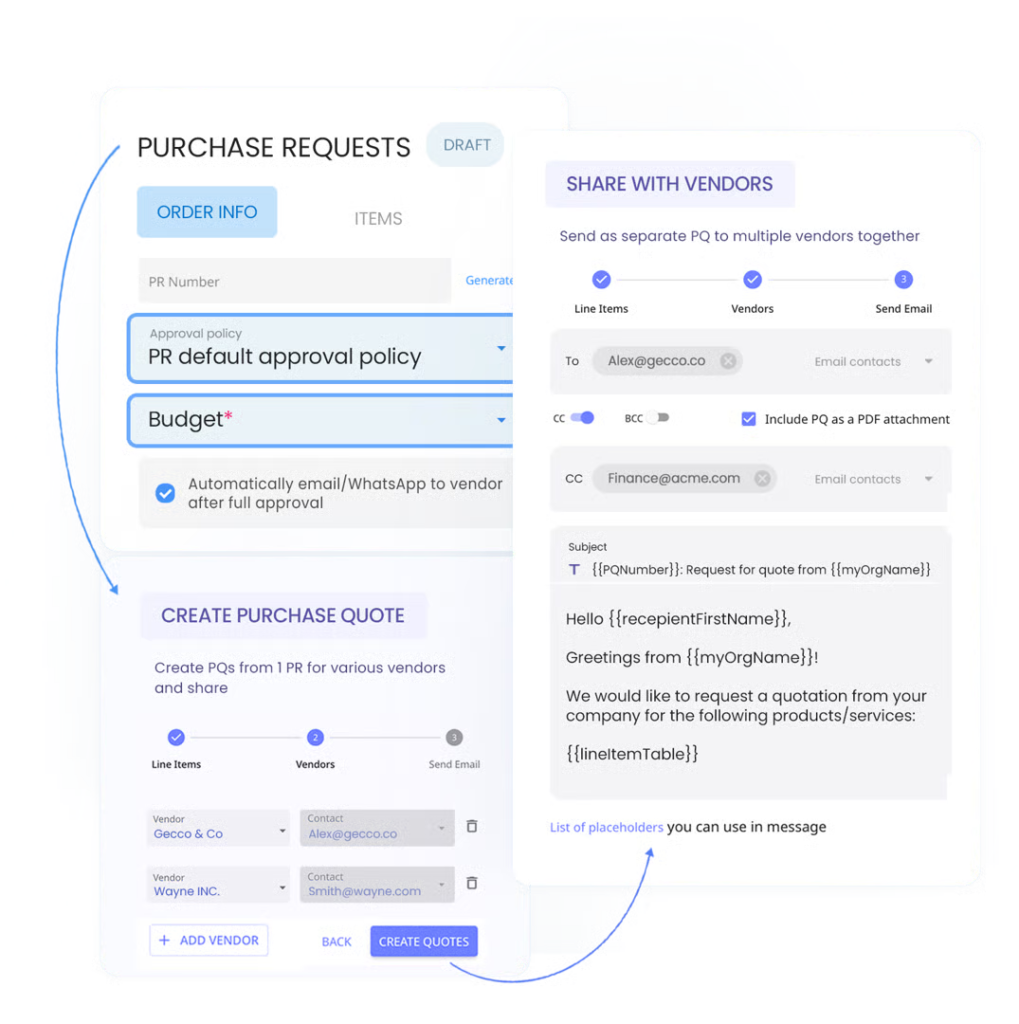
Peakflo integrates effortlessly with ERPs and financial systems, ensuring data consistency and faster approvals across your ecosystem. Its multi-language support and intuitive workflows make it ideal for global teams. Businesses using Peakflo save up to 140 hours monthly and reduce manual work by 69%, freeing teams to focus on cost optimization and supplier relationships.
Ready to stop bleeding money through spreadsheets and email threads? Let Peakflo’s AI do the heavy lifting.
Conclusion
The consequences of outdated procurement processes extend far beyond visible line items on financial statements. Hidden costs quietly drain resources through wasted time, preventable errors, missed discounts, and supply chain vulnerabilities that compound over time. Organizations implementing AI procurement platforms experience 3x faster cycle times, 69% less manual work, and capture millions in previously missed savings opportunities that manual processes leave on the table.
Procurement continues to shift from a tactical function to a strategic business partner. AI-powered platforms become essential for maintaining a competitive advantage as this change accelerates. Organizations that recognize this shift early are already capturing the substantial benefits that AI brings to their procurement operations.
Managing procurement effectively requires a proactive approach. The strategies and technologies discussed in this article can help organizations reduce hidden costs and ensure that their procurement functions contribute to overall business success.
FAQs
Q1. What are the main hidden costs of manual procurement processes?
Manual procurement processes lead to significant time wasted on repetitive tasks, increased human errors in data entry and approvals, and delayed decision-making due to a lack of real-time insights. These hidden costs can result in substantial financial losses for organizations.
Q2. How does AI procurement software help reduce financial losses?
AI procurement software helps capture early payment discounts, prevents overpayments due to invoice mismatches, and improves supplier negotiations. It automates many manual processes, provides real-time spend visibility, and offers data-driven insights for better decision-making.
Q3. What operational inefficiencies can AI procurement platforms address?
AI procurement platforms can significantly speed up purchase requisition approvals, centralize and organize supplier data, and provide real-time spend visibility. This helps eliminate bottlenecks, improves supplier management, and enables more strategic spending decisions.
Q4. What risks does AI procurement software help mitigate?
AI procurement platform helps detect supplier compliance issues, improves demand forecasting accuracy, and enables faster responses to supply chain disruptions. It provides better visibility into the supply chain and helps identify potential risks before they become major problems.
Q5. What key features should businesses look for in an AI procurement platform?
When selecting an AI procurement platform, businesses should look for advanced spend analysis and predictive insights capabilities, seamless integration with existing ERP and finance systems, and robust security and compliance features. The software should also be scalable to meet growing organizational needs.


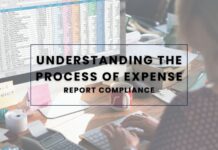


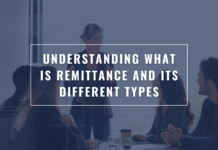




![Why AI Sales Calls Are Making Good Sales Reps Even Better [2025 Guide] ai sales calls](https://blog.peakflo.co/wp-content/uploads/2025/09/65168cf6-3001-4733-8cbc-12d5684cf449-218x150.webp)





